Bee House: An Essential for Apiculture
The bee house stands as a pivotal structure within the realm of apiculture, providing a sanctuary for various bee species to thrive and contribute to environmental well-being. This comprehensive guide delves into the intricacies of bee houses, elucidating their types, applications, and the materials used in their construction.
Types of Bee Houses
Beekeeping enthusiasts and professional apiculturists alike will find a diverse array of bee homes to suit different species and purposes. The mason bee house, for instance, caters specifically to mason bees, a non-aggressive pollinator species that plays a crucial role in the ecosystem. Similarly, the carpenter bee house is designed to accommodate carpenter bees, providing them with a habitat that deters them from nesting in less desirable locations. For those interested in fostering a variety of solitary bees, the solitary bee house offers a unique environment tailored to their needs.
Applications and Features
Beyond serving as a mere shelter, bee homes are integral to the protection and propagation of bee populations. The bumble bee house is specifically designed to support the lifecycle of bumblebees, aiding in the pollination of flowers and crops. For apiculturists focused on honey production, the honey bee house is an indispensable tool, providing a secure and structured environment for honey bees to produce honeycombs. Each bee home is crafted with features that promote the health and productivity of the bee colony, such as proper ventilation, protection from predators, and materials that mimic natural nesting conditions.
Materials and Construction
The construction of bee houses involves a variety of materials, each selected for its durability and suitability to the bees' needs. The bamboo bee hive, for example, utilizes natural bamboo canes, known for their sustainability and comfort for bees. When building a bee box, manufacturers often opt for untreated woods to prevent chemical exposure to the bees. The design of each bee home, whether it be a bee house for mason bees or a bee house for carpenter bees, is meticulously planned to ensure the safety and well-being of the bees.
Advantages of Using Bee Houses
Implementing a bee house within an agricultural or garden setting can significantly enhance pollination rates, leading to healthier crops and a more vibrant ecosystem. For those experiencing issues with bees in wall cavities or unwanted areas, providing an alternative habitat like a bee house can redirect their nesting instincts to a more appropriate location. Additionally, bee houses serve as an educational tool, allowing individuals to observe and learn about the vital role bees play in our environment.
Conclusion
In conclusion, the selection of a bee house, whether it be for bees inside house observation or for professional apiculture, is a decision that impacts not only the health of the bees but also the surrounding environment. By choosing the appropriate bee home, one can foster a thriving bee population and contribute to the global effort of sustaining these essential pollinators.
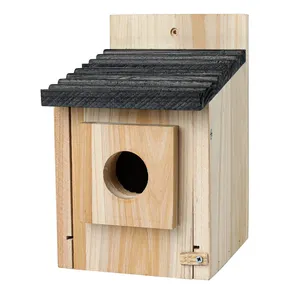


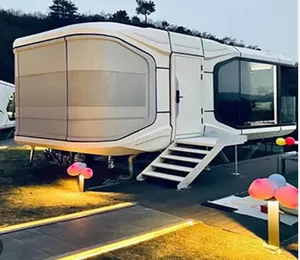

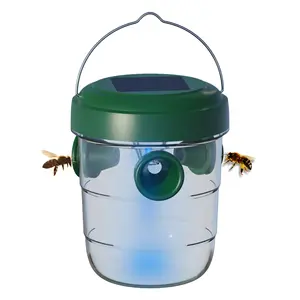

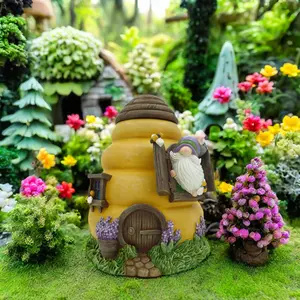

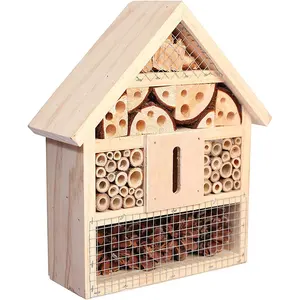





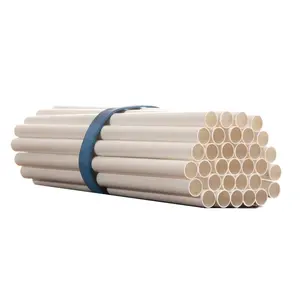
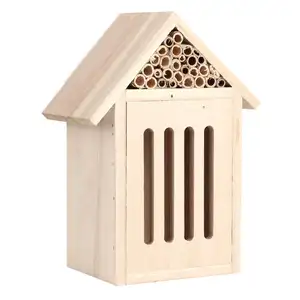
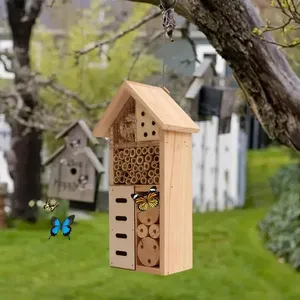

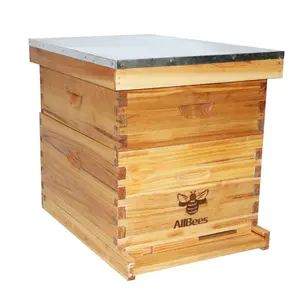
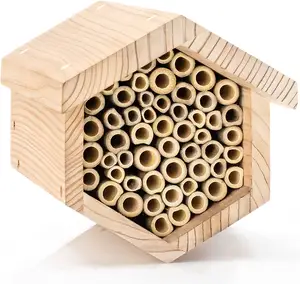

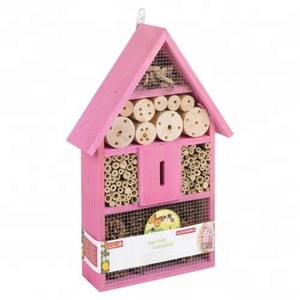
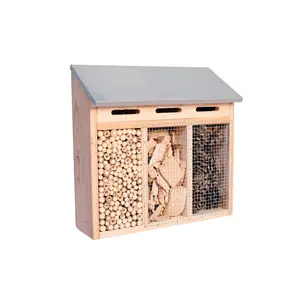
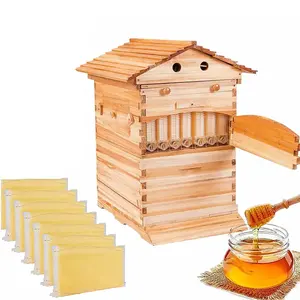
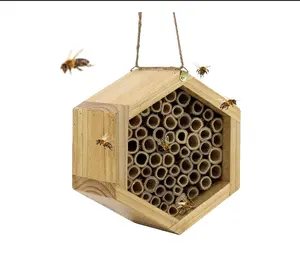

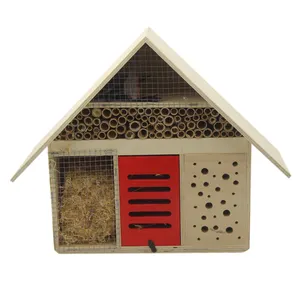
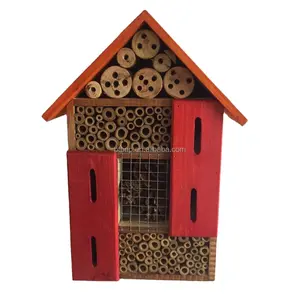
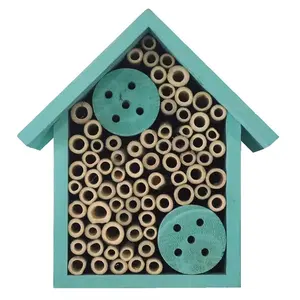
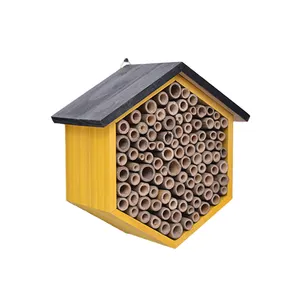

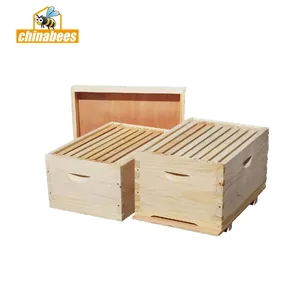

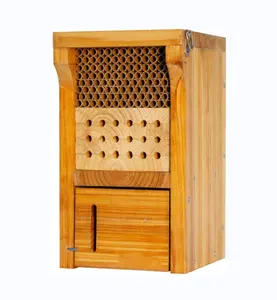




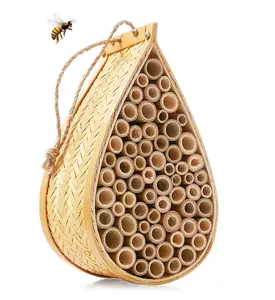




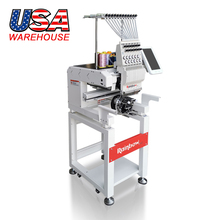
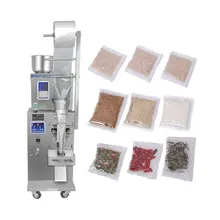
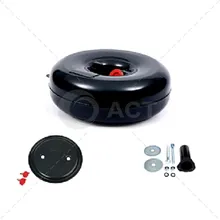
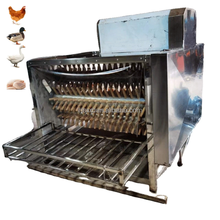

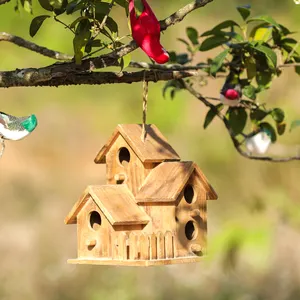


























 浙公网安备 33010002000092号
浙公网安备 33010002000092号 浙B2-20120091-4
浙B2-20120091-4